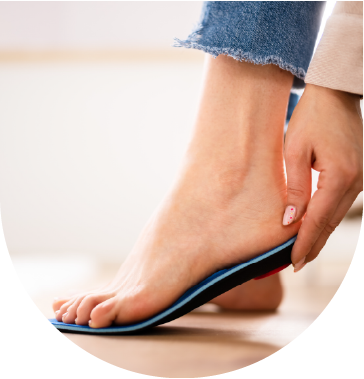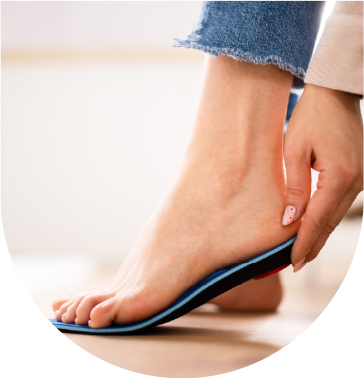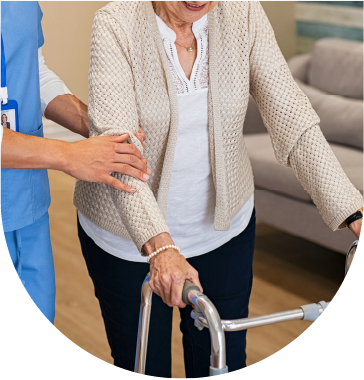Analysis of different strikes in runners using Baliston Health

Patient
ABOUT THE practitioner
Dr. Christopher Proulx
Director of Education at Baliston Health
Massachusetts, USA
D.C., Ph.D.(abd), C.S.C.S
Private practice and consultant as a physical medicine and rehabilitation specialist and performance coordinator for individuals and athletic teams.
Holds a Doctor of Chiropractic, PhD(abd) in Exercise Science, Master’s of Science in Exercise Science, and a Bachelor’s of Science in Sport Management and Health Fitness.
Over 25 years of experience in sport and clinical sciences.
Authored and co-authored several peer reviewed publications and has presented his work across the U.S., Central and South America, China, and Europe in many different venues.
Consultant to several manufacturers, clinicians, athletes, and coaches at all levels.
Licensed chiropractor, certified strength and conditioning specialist and former certified athletic trainer (15 years).
PATIENT PROFILE and Reason for Analysis
- Runner 1: sprinter specialising in the 400m, 186cm, 80kg, Nike shoes
- Runner 2: trail runner, 182cm, 72kg, Ascis trail shoes
- Runner 3: marathon runner, 188cm, 77kg, Ascis Nimbus
3 runners with 3 different profiles and pathologies:
- Runner 1: Achilles’ tendonitis
- Runner 2: ext right knee pain with the start of a meniscal lesion
- Runner 3: left knee pain (ITBS)
What information was collected during the clinical examination?
Each runner came in following pain that occurred during running. Some were forced to stop running.
- Runner 1: inflammation of the Achilles tendon, daily discomfort, pain increases when running. Upon examination we found hollow feet and varus (deformation increased on the left)
- Runner 2: meniscal lesion on the right knee combined with the beginning of an external arthrosis, no specific misalignment detected in the examination, but a slight collapse of the midfoot is observed.
- Runner 3: pain on the external face of the left knee, suspected iliotibial band syndrome. Upon examination we observe a calcaneus valgus combined with a midfoot collapse
Information collected using DigitsolePro during the walking examination.
Chris Proulx uses MovScan for dynamic analysis (walking and running for these patients).
He collects data on the patient’s walking and running activity using the web interface. The results are then presented to the patient, medical staff and loved ones, allowing the patient to integrate them into the treatment process and facilitating acceptance.
Different parameters will be used to complete the clinical examination:
To complete the clinical examination, a walking and running examination will be done using MovScan. The walking examination will allow us to better understand the data from the running. Based on the pathologies, certain parameters will be looked at in a more in-depth manner.
For the patient with Achilles’ tendonitis, we can see the consequences on walking and thus evaluate the pain (contact time compared with the healthy side), but also determine whether certain factors may be the cause of the inflammation (deviation of the foot when running and walking, type of running strike, force of impact)


For the patient with the meniscal lesion, verify what could tend to overload the external compartment (deviation of the foot when walking and running, type of strike, force of impact) and look at the consequences on walking and running.



For the patient with ITBS, the aim is to understand the cause of the appearance of this pathology (pronation or supination) and the significance of the deformations in order to propose the most suitable treatment. But it is also to advise the patient on their running in order to minimise deformations.


Proposed treatment
Runner 1: correction of stationary and dynamic deformations using orthopaedic soles, lifting of the heel with heel pieces which will be used for a short period of time (1 to 2 months) and implementation of the Stanish protocol by the physical therapist, which the patient will then practice on their own at home.
Walking and running test repeated after 6 months, no more pain, resumption of sprinting practice. The only problem is that the patient only rehabilitated the side experiencing pain and created a difference in the moment of propulsion, with muscles used differently on the two sides.

Runner 2: the aim is to rebalance the support, which will be done using orthopaedic soles, and the physical therapist will also propose a proprioceptivity programme. He can also change his stride using a less pronounced heel strike, and also by choosing shoes that encourage a midfoot strike.
Runner 3: a strength training program will be proposed, combined with the creation of orthopaedic soles, advice regarding running shoes for pronators (e.g., Asics Kayano) will also be given
Conclusion
Each runner has a different strike and way of running and can develop pathologies based on that. The advantage of MovScan is to complete the clinical data and allow for specific treatment. It allows us to follow the evolution over time.
There is no strike that is preferred and recommended but depending on the runner and his or her pathologies, we can help them change their way of running in order to eliminate injury.
The great “method” of being aerial/airborne is not recommended to everyone and as we can see (runner 1) can also provoke pathologies. If there is a change to propose to the runner, it should be done in a progressive manner and based on the runner’s profile.


